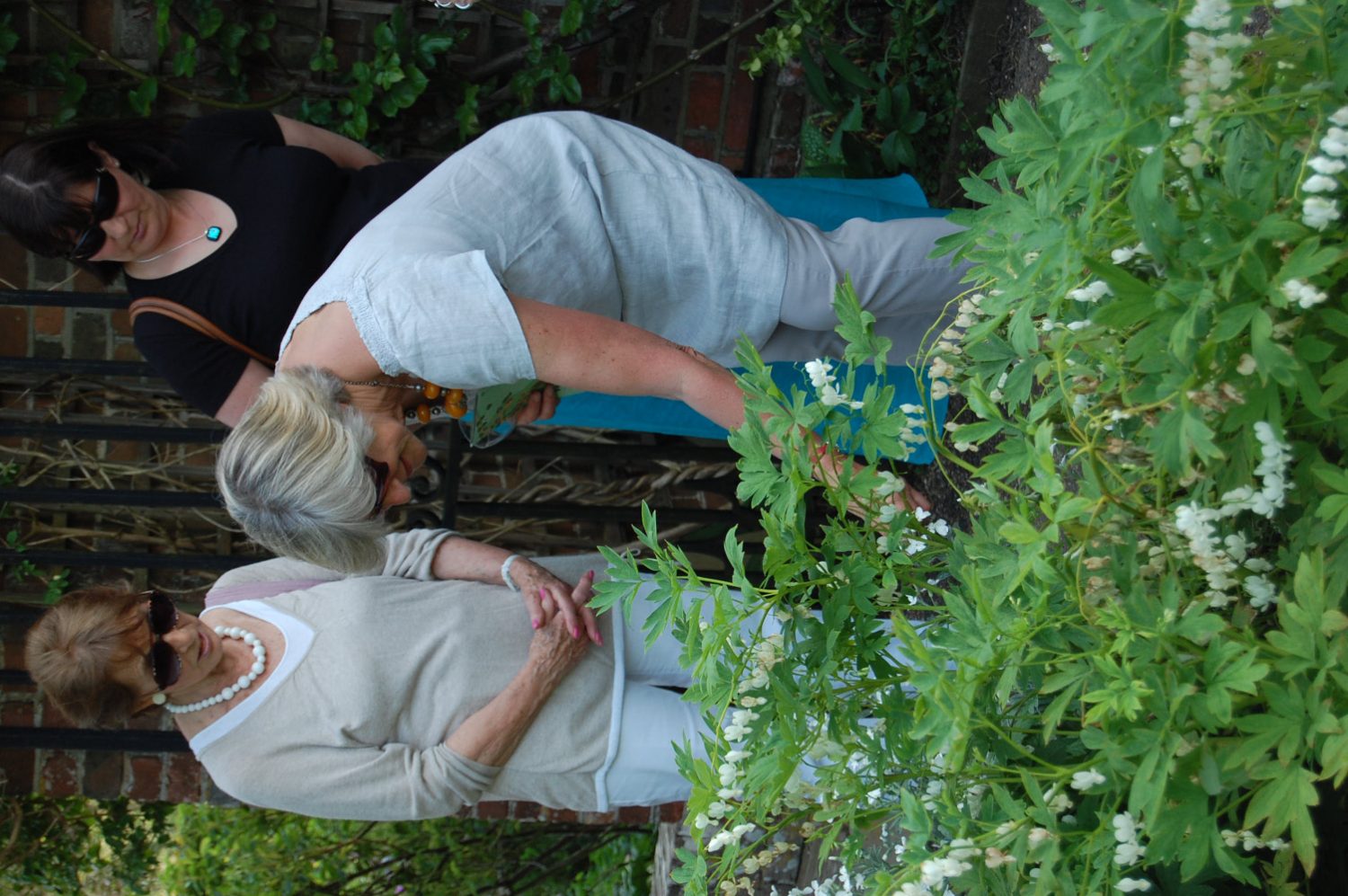While no serious gardener can possibly advocate playing chess with their shrubs on a regular basis, there is no doubt that learning how to transplant major players in the garden is a vital skill, the acquisition of which gives great confidence. We all tend to over-plant, to a lesser or greater extent, and shrubs invariably get overcrowded. We also change our minds, want to try out new combinations and ideas, and it would be only half the fun — and incredibly expensive — if we had to chuck out mature shrubs all the time.
Moving something after only a year is easy, since the plant’s roots will barely have moved out of the original planting hole and the soft compost you provided for it. You just have to go through the motions all over again, watering the shrub well before you start and trying to disturb the roots as little as possible. Generally the shrub doesn’t even notice and its growth is barely checked. Moving young shrubs around too often is not to be recommended, since they never really get going – and the garden will look restless because of it.
Moving established plants
Older shrubs need greater care. The best time to transplant mature deciduous shrubs is in the winter when they are leafless. However, I have in my time succeeded in transplanting a 2m x 2m (6½ft x 6½ft) deutzia in midsummer, which proves that nothing is impossible.
I had my greatest success with evergreens in the very late summer or early autumn, so that they have time to recover before the winter cold, and will start to grow properly again as soon as spring comes. They are trickier than deciduous shrubs since they will usually wilt for a week or two, which will inevitably freak you out. It makes sense not to move them when it is likely to be windy, or frosty, or brilliantly hot and sunny.
If you are transplanting a shrub that is really large, start by cutting it down by up to a half. Whatever time of year it is, it will recover from the inevitable shock of losing some of its roots if it does not have to support all its old top growth. It also makes the physical business of moving it easier — especially if it has thorns. You may find that, depending on the flowering time of the shrub and the time of year you ‘operate’, the shrub will flower poorly the next year.
So how do you actually go about it?
Drizzle a hose into the ground, overnight or at least for several hours, around the base of the shrub, a couple of days before you intend to transplant. (As a result, the root area should be damp but not mushy.) Start to dig vertically down around the shrub, remembering that roots will be spread out from the main stem about as far as its branches extend. You probably cannot realistically hope to avoid cutting the outermost roots, but you should still be aware of what proportion you will be damaging.
Once you have dug around the shrub as deeply as you can go, try gently rocking it to get a feel for where the deeper roots are going. You will probably then have an idea of how large the new planting hole should be, which you should then go and prepare – following the guidelines given for planting new shrubs. What you must avoid at all costs is digging up the shrub and leaving it lying around with its roots exposed while you dig out its new home.
Lift the shrub out of its old site – it may well mean cutting through one or more big roots – and on to a plastic sheet. Make sure the damaged root ends are cleanly cut off with no rips or snaggy bits that could rot and cause future problems. Then drag the plant to the new site. Check the new hole is the right size. It must be deep enough. Make sure that when you put the shrub in the new site it is ‘facing’ the right way and looks harmonious with its neighbours. This sounds silly, but if you have ever got this bit wrong, you will know what I mean.
Remember when back-filling the soil and compost that you must make sure there are no air pockets under the roots. Use your hands at first and finally tread the shrub in well and mulch thickly.
Keep a close eye on the patient, and it should, if deciduous, burst into life happily in the spring — although you may have lost a year’s flowers because of having cut it back. Water it very well every two or three weeks in the growing season of the first year. Evergreens will inevitably wilt, even if it is not sunny. Depending on just how brutal you were and how big the shrub was, it will either take weeks or months for the shrub to return to its former glory. Or it may even die on you, but at least you had a go.
TEST
 TEST
TEST

- words: Helen Yemm
You may also like
Go with the Flow
Sue Whigham shares some valuable new-to-gardening advice I’m sure that by now we should be used to the rain but I’m not entirely sure that we are. We had a dry, sunny day the other day and how everybody’s mood...
Farm Fables
Jane Howard gets to the bottom of why so many ponds have disappeared across the High Weald I have a new passion, almost an obsession, it’s about ponds. And there’s a distinct possibility I might become a bit of a...
Hedge Issues
Sue Whigham takes a meander along nature’s verdant and vital corridors Recently the BBC’s Today programme carried a feature about England’s hedgerows which created a lot of interest among listeners. On the strength of that, Martha Kearney interviewed one of...















